Twitch is making some bold moves that could fundamentally change how we experience live streaming. The platform recently launched three major innovations that signal a significant shift in its strategy: dual-format streaming capabilities, AI-powered clip generation, and enhanced sponsorship tools for creators. The company started testing dual-format streaming back in August, showing they've been quietly working on this technology for months.
At TwitchCon 2025, Twitch announced its smart glasses developed by Meta, demonstrating its commitment to cutting-edge technology integration. Most intriguingly, the platform is now using AI to automatically create clips from previous streams, a shift that could reshape how highlight content gets generated and shared.
What makes these developments stand out is how they address three long-running headaches that have limited streaming growth: device optimization friction, content curation bottlenecks, and monetization barriers for smaller creators. Here is how each innovation tackles those problems and why it matters.
How dual-format streaming actually works
Here is where things get technically impressive. Twitch's new dual-format feature allows creators to broadcast both landscape and portrait layouts simultaneously, with the platform delivering the optimal version to each viewer based on device orientation. This is not a lazy crop or stretch. Creators no longer need to choose between mobile and desktop viewers or manage two separate streams. Instead, both orientations are packaged, uploaded, and distributed in parallel. No more juggling two encoders or compromising one audience to serve another.
The technology runs on Twitch's Enhanced Broadcasting architecture, which shifts encoding to the creator and avoids duplicative server-side processing. Think of it like this: your machine handles the encoding and sends a bundled set of streams, and Twitch routes the right one to the right device. Creators get more control over quality. Twitch trims infrastructure costs. Everybody wins.
There are hardware realities to consider. Enhanced Broadcasting is only available to creators with transcoding-capable GPUs and 12 Mbps upload speed. For dual-format in particular, Twitch recommends a 20 Mbps or higher upload speed for encoding two ladders, especially at 1440p. That is a hefty pipe, so access will roll out unevenly at first. It still signals where the platform is heading.
Codec support shows Twitch's strategy in plain sight. Enhanced Broadcasting currently supports H.264 and HEVC codecs for ingest, with HEVC required for 2K delivery and fallback H.264 variants at 1080p and below. Compatibility first, cutting-edge second. Older devices keep working smoothly while newer hardware gets a quality bump.
What makes AI-powered clips so game-changing?
The AI clip generation represents a sharp turn toward automation that saves time and widens reach. We know Twitch is using AI to automatically create clips from previous streams. The platform is also testing something fresh for brand partnerships. Twitch is deploying AI technology to create sponsored instant replays during gameplay streams, offering brands a new way to integrate advertising without disrupting the viewer experience.
According to Gemma Battenbough, Twitch's Brand Partnership Studio Lead, the AI system identifies significant moments during gameplay and generates instant replays that carry brand sponsorship. It does not cut away from the action; it amplifies it. Picture this: you are watching your favorite streamer pull off an incredible play, and instead of a traditional ad break, you get an instant replay of that epic moment sponsored by a relevant brand. The ad becomes part of the hype.
The analytical tools go deeper than highlight reels. The tech can analyze keywords and phrases in chat to understand audience interests and reactions in real time. That feedback loop lets AI identify trending topics, popular phrases, and community keywords to help streamers tailor content. Less spreadsheet time, more creating and talking with viewers.
Why these sponsorship tools matter for creators
The monetization upgrades might be the biggest needle mover for the creator economy. Five months ago, Twitch let streamers run their own promotions, increasing gifting revenue by 30 to 45 percent, according to reports. Now, Twitch plans to roll out sponsorship offers to all monetizing streamers, including Affiliates, in the coming months.
Twitch is also rethinking how brands meet creators. Twitch's internal talent team now focuses on matching brands with creators based on shared values rather than surface-level compatibility. The early pattern is clear enough; the platform is observing success with brands that invest in emerging creators rather than established streaming personalities.
Consider the economics from a creator's perspective. Creators on the platform typically invest 30-40 hours weekly building their communities. That is full-time energy. When partnerships align with values, performance improves in ways that surface-level deals rarely match.
The tilt toward emerging creators makes sense for both sides. Smaller channels often see stronger engagement and tighter niche communities, which brands value. Creators get paid without needing giant follower counts. Add in data-driven targeting, and AI algorithms analyze streamers' audiences in real-time, enabling advertisers to choose suitable partnerships. Less guesswork, fewer mismatches.
The bigger picture: competing in a mobile-first world
These innovations do not exist in a vacuum. They answer real competitive pressure. The move is aimed at competing with platforms like YouTube, Facebook Gaming, and TikTok, which support higher resolutions and mobile-first formats. The numbers back the pivot: vertical videos can achieve a 90% brand recall rate and take up 78% more screen space on mobile devices, with 71% of mobile users preferring vertical video ads.
Twitch's position as one of the most important platforms in Europe and the Americas, hosting both amateur and professional content creators, gives it real sway over industry norms. Researchers describe it as a hybrid media system that combines amateur and professional forms. These features fit that mold, since they give small channels pro-grade options.
The stakes could not be higher. With 35 million monthly active users on Twitch in the US alone and advertising streaming budgets exceeding 1.5 billion dollars, platforms that ignore mobile habits and AI-enhanced experiences risk losing both creators and advertisers to faster movers.
Academia is paying attention too. Scientific publications about streaming have increased markedly from 2019 onwards, indicating rising interest in this phenomenon. Live streaming now reads less like a novelty and more like a complex live-streaming phenomenon that integrates information, entertainment, and social interaction, asserting its importance as a modern sociocultural phenomenon.
What this means for the future of streaming
These moves are not incremental upgrades. They point to Twitch's vision for the next era of live video. Dual-format streaming targets a problem creators have complained about for years, optimizing for different screens without trading away quality or engagement. Twitch plans a phased rollout of dual-format streaming beginning with a small group of creators in the summer, followed by broader availability later in the year.
That slower rollout gives Twitch time to iron out issues, gather feedback, and tune performance before opening the gates wider. It lowers risk while building buzz.
The AI pieces show how artificial intelligence makes streaming more profitable and efficient, not just for solo creators but across the whole ecosystem. Streaming is shifting from basic broadcast to an AI-aware social environment that reads the room in real time.
If this sticks, it could reset viewer expectations. Once audiences get used to seamless device optimization and smart curation, competing platforms will need similar tools, or they will look dated. On the business side, AI-driven sponsorship matching and automated clips could open brand deals to creators who previously could not reach them.
The bottom line is simple. Twitch is not just shipping features, it is reimagining live streaming for a mobile, AI-shaped world. For creators and viewers, this promises a more seamless, engaging, and profitable experience. The bet is that the future belongs to technology that adapts to how people actually watch, instead of forcing one-size-fits-all streams.
As these features roll out over the coming months, expect other platforms to answer with their own spins. The streaming wars are heading into a new phase, where AI capabilities and device-agnostic optimization matter as much as video quality and creator tools.




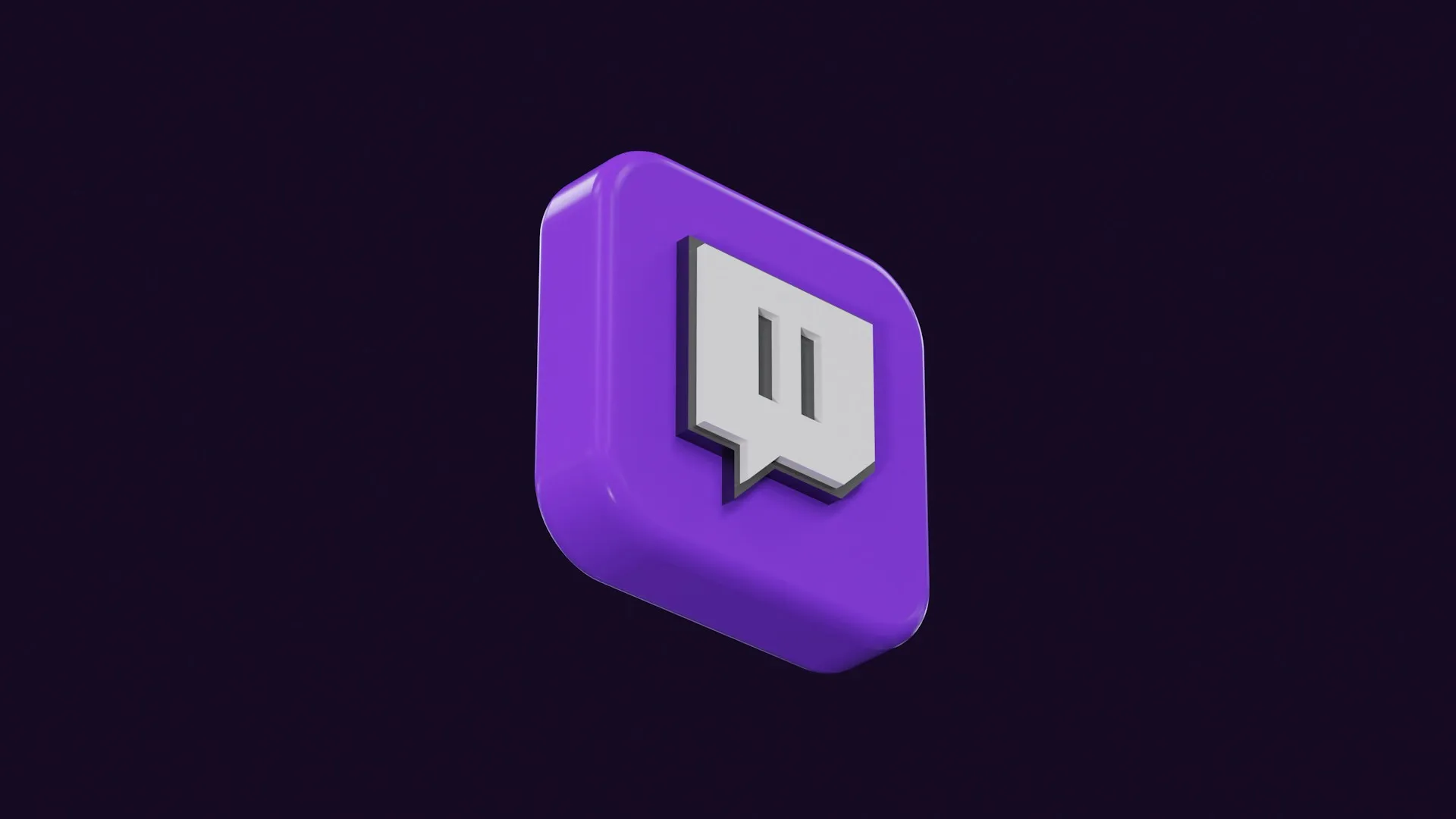

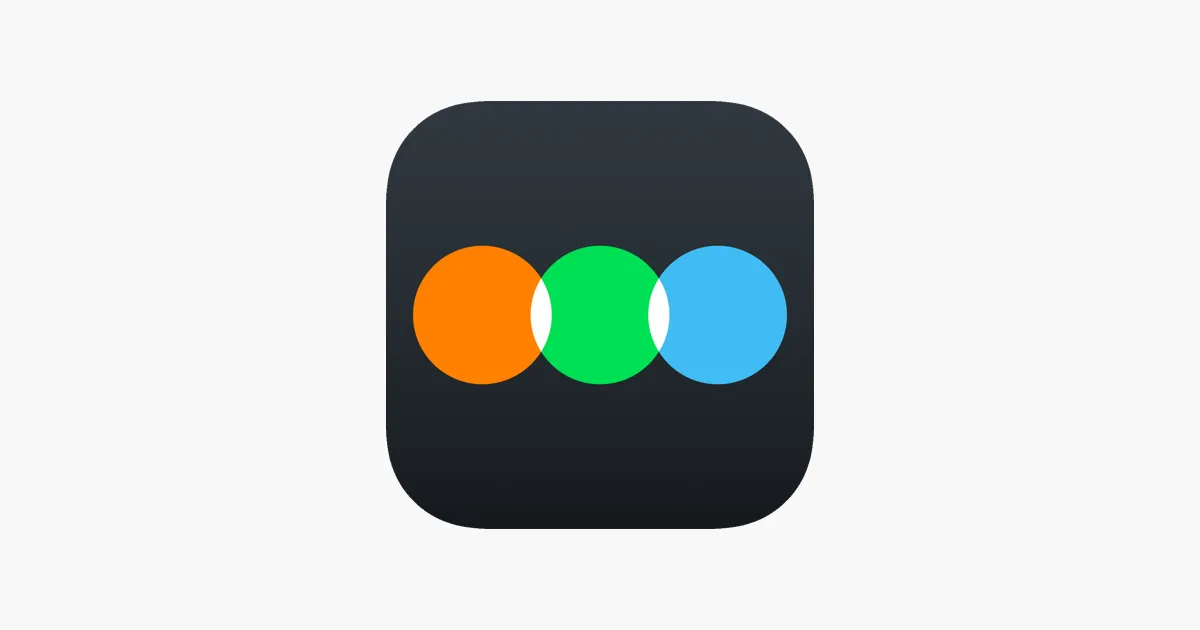
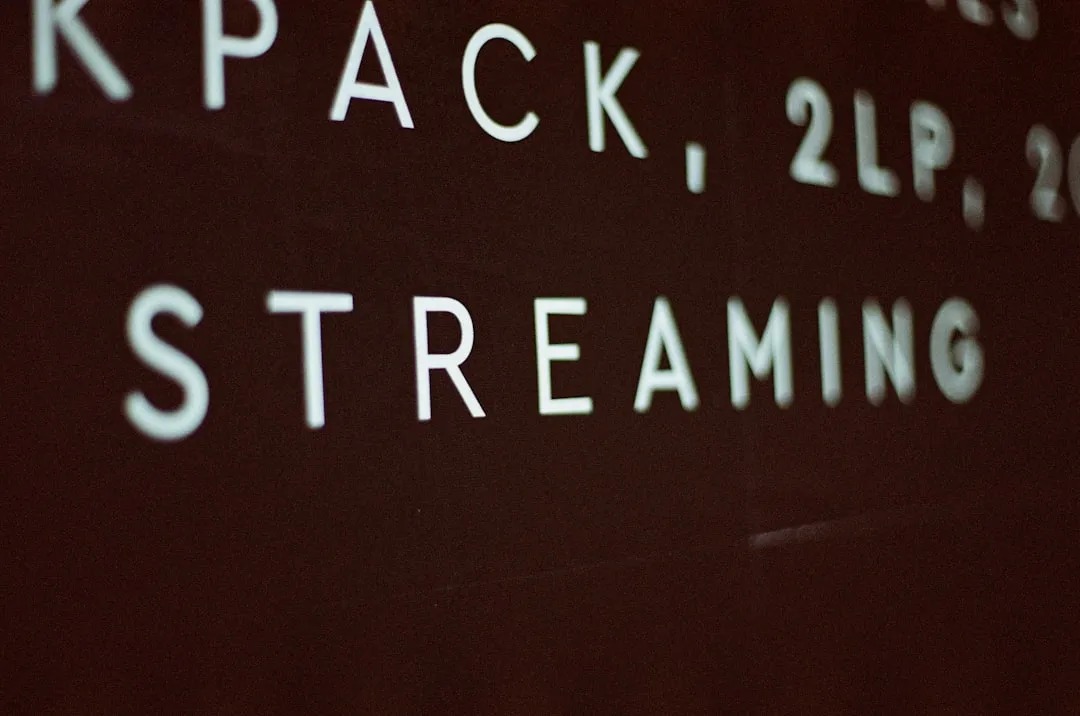
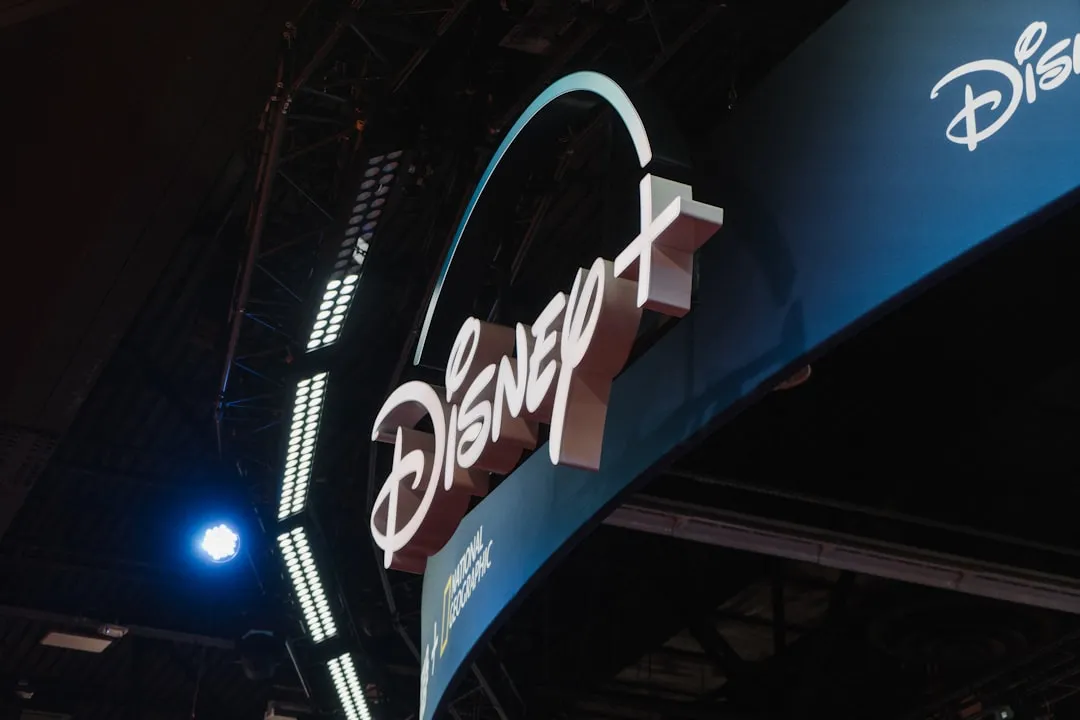
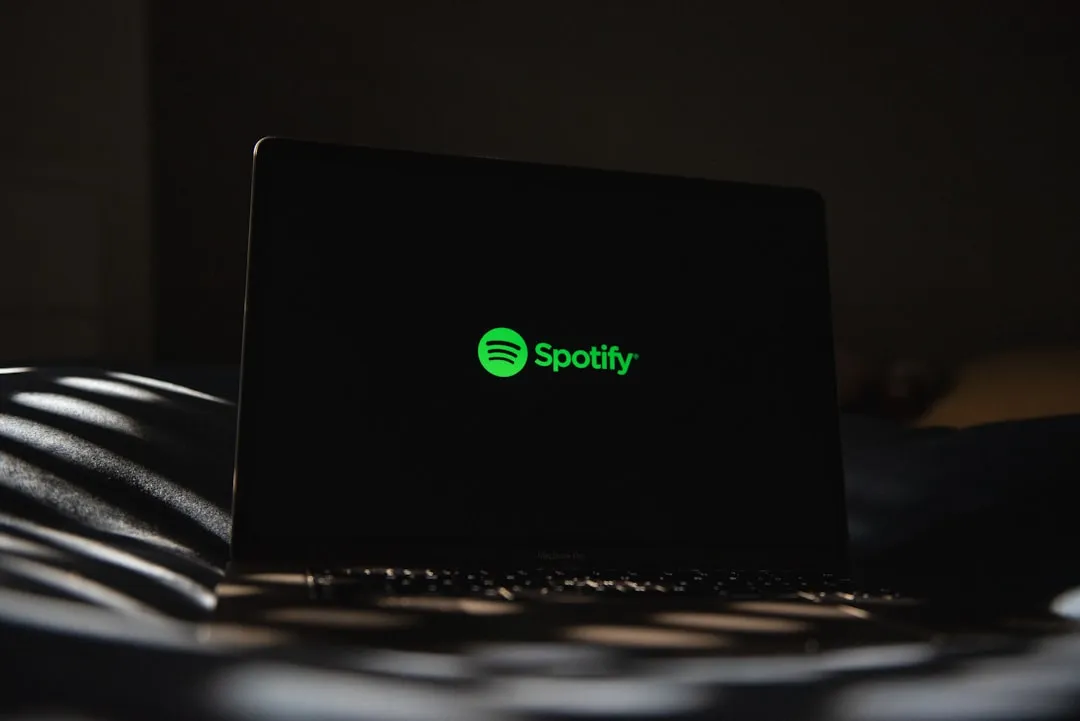


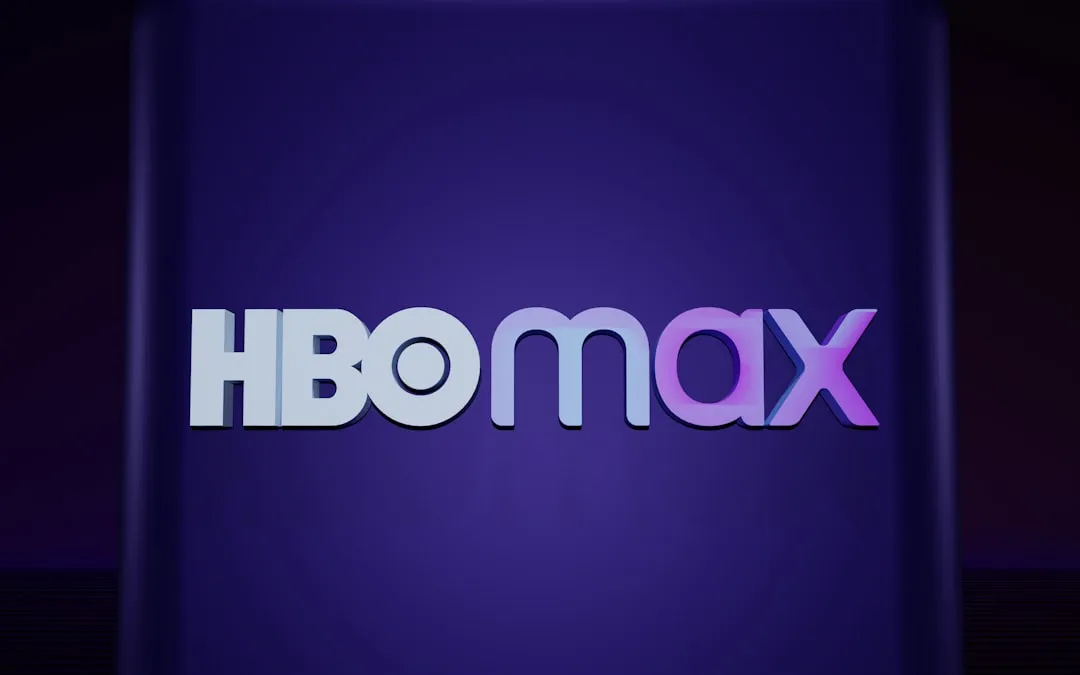
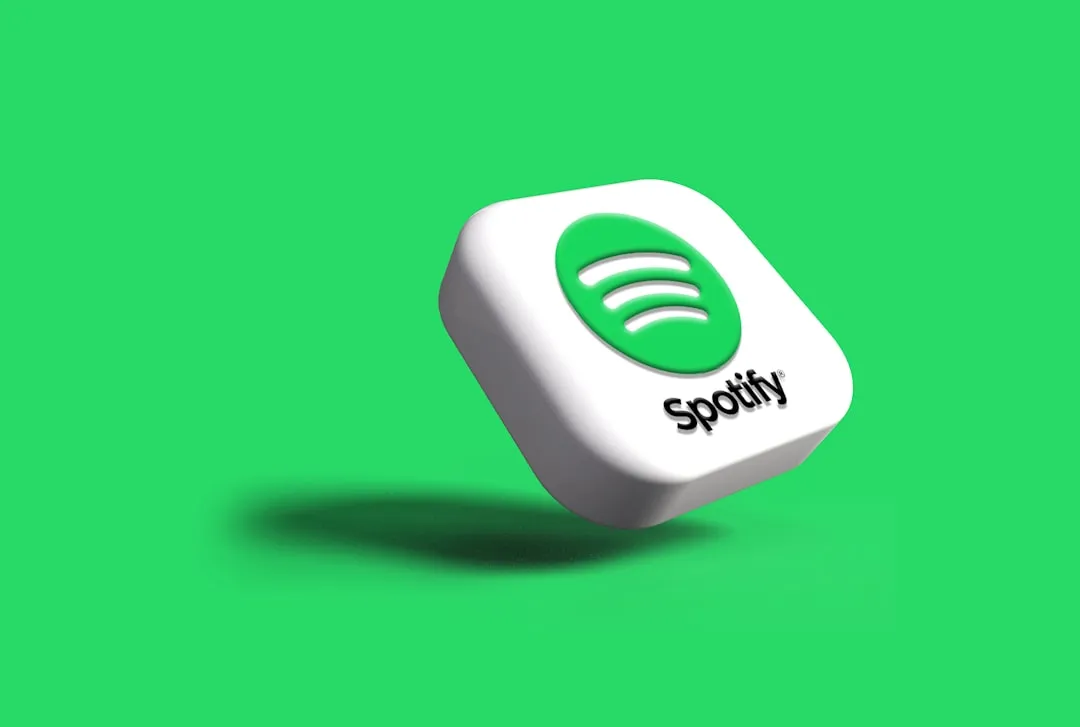
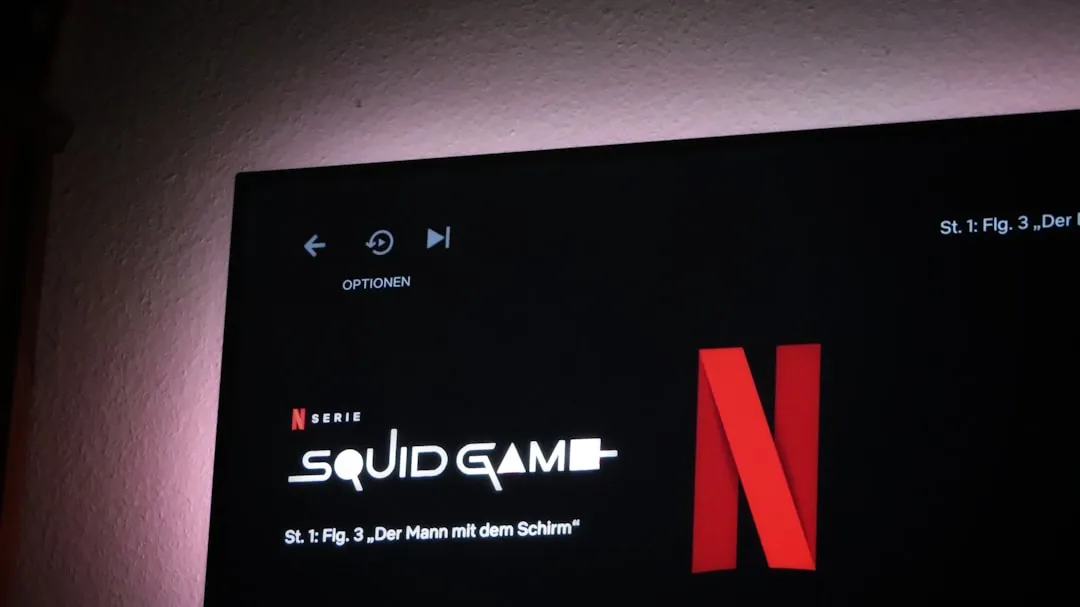
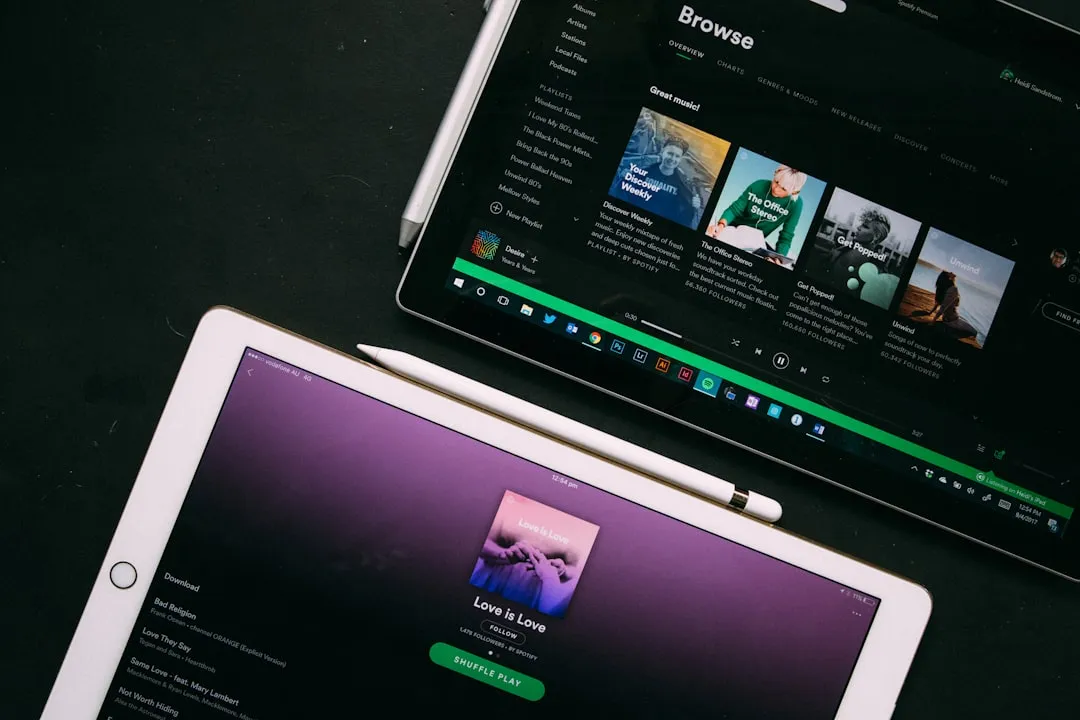

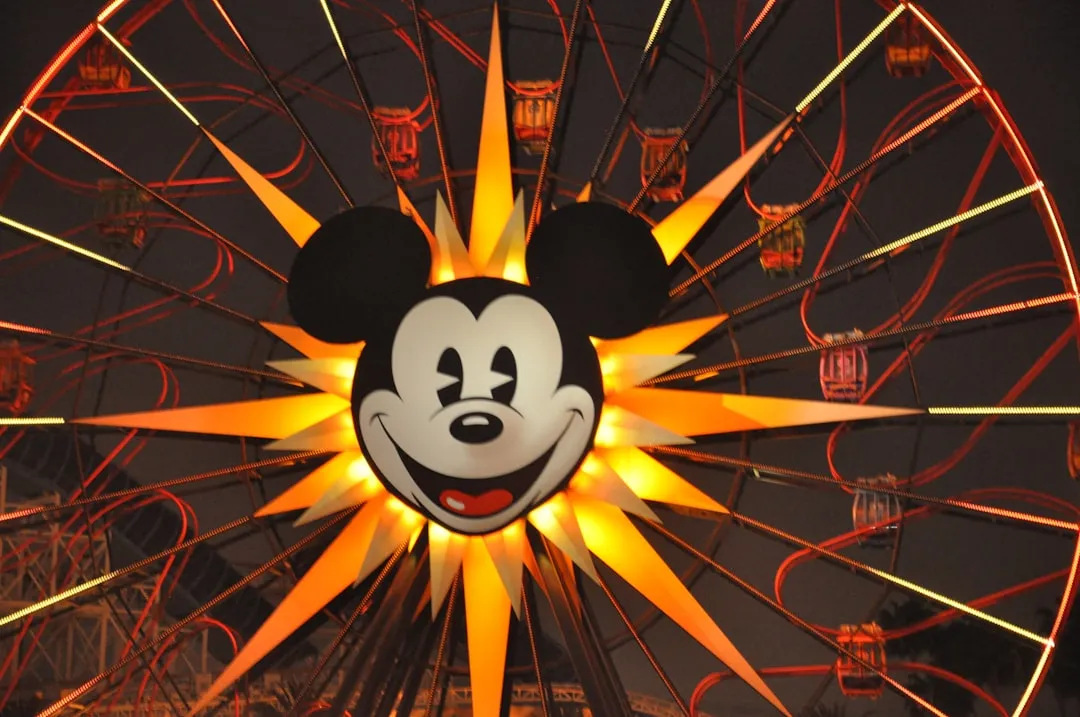
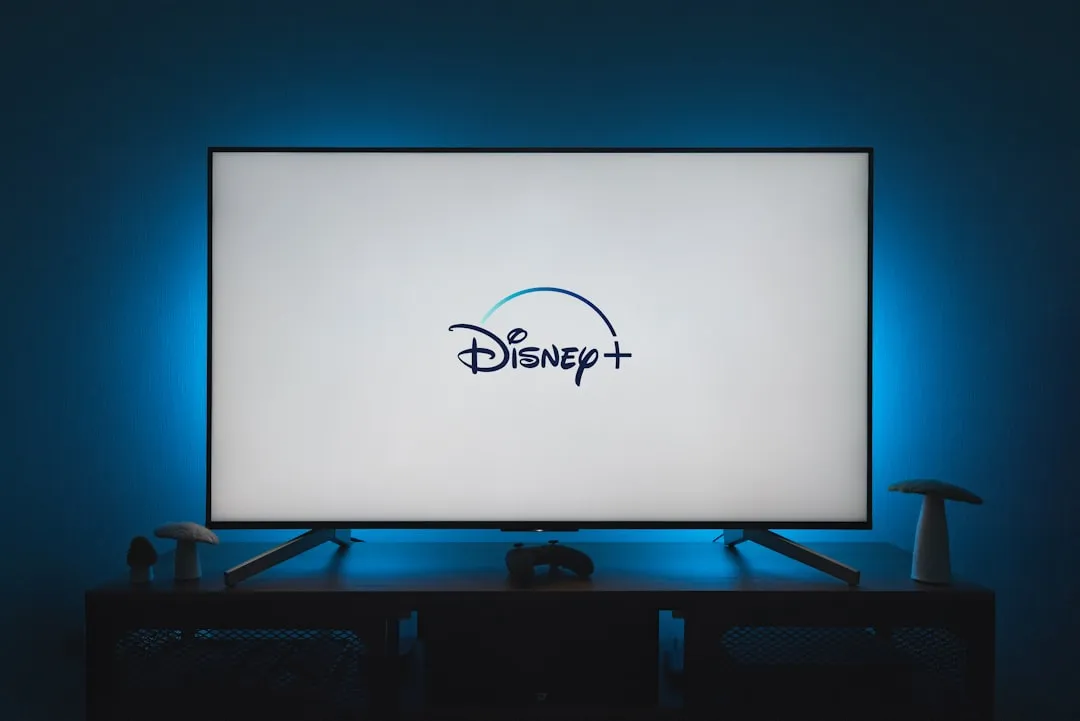
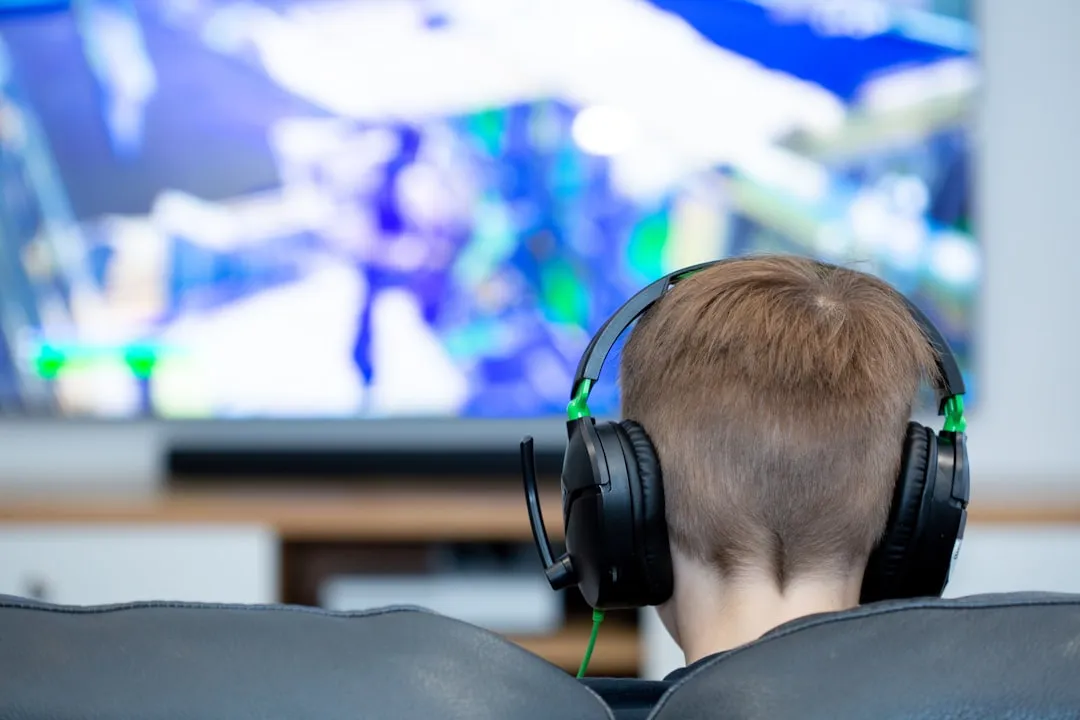
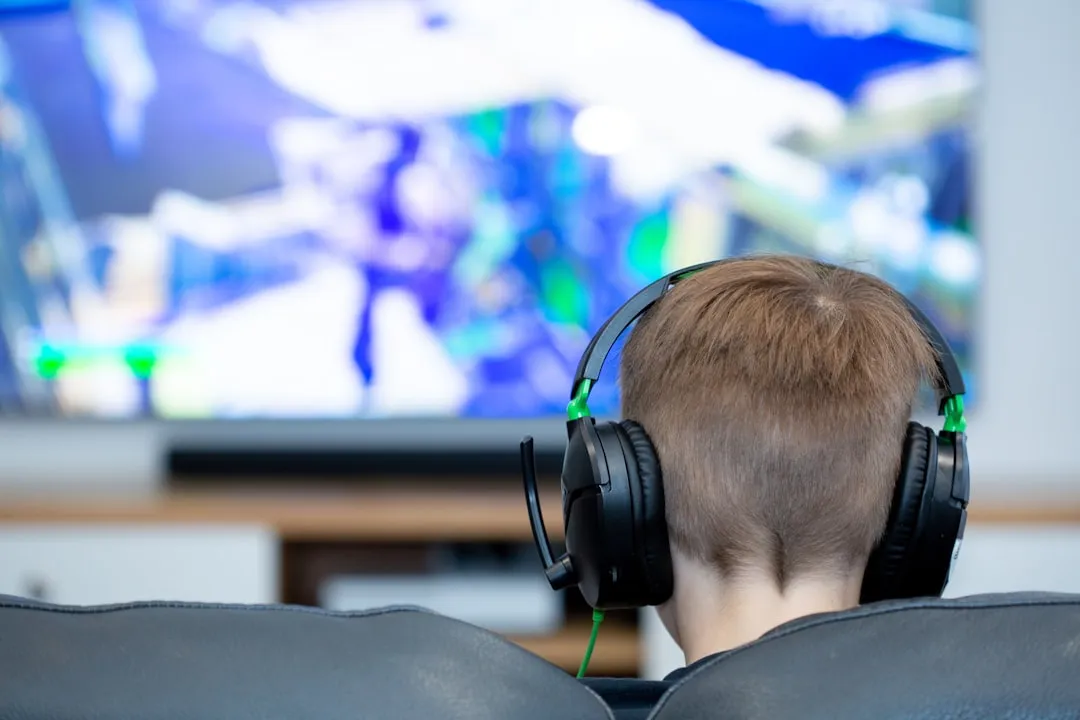
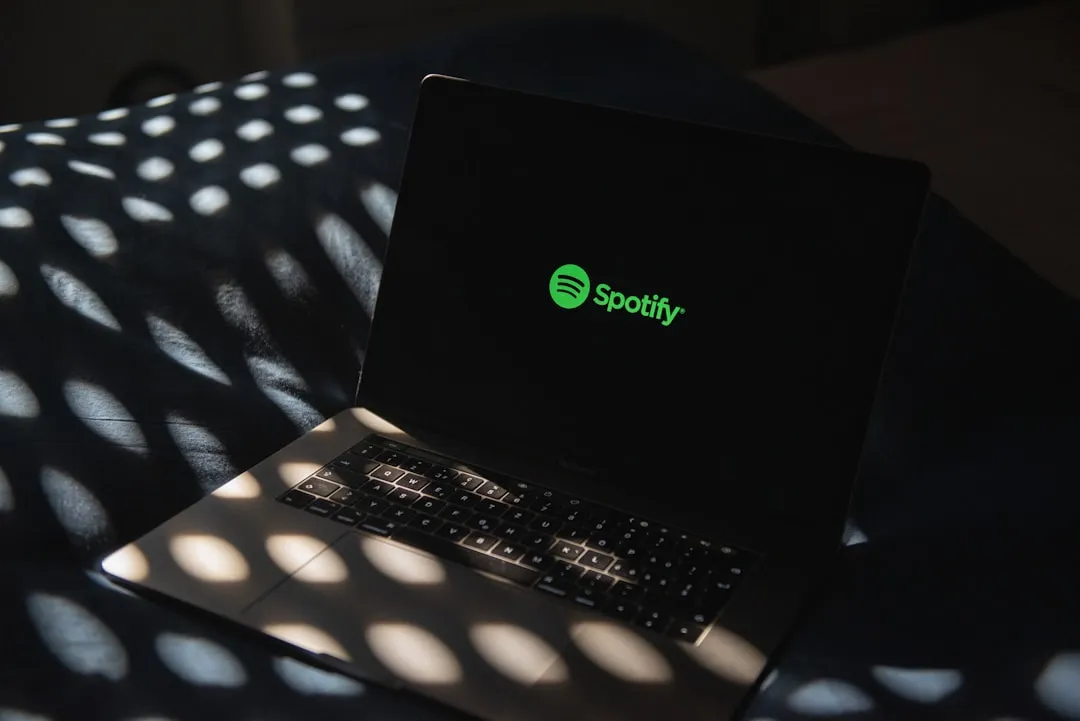
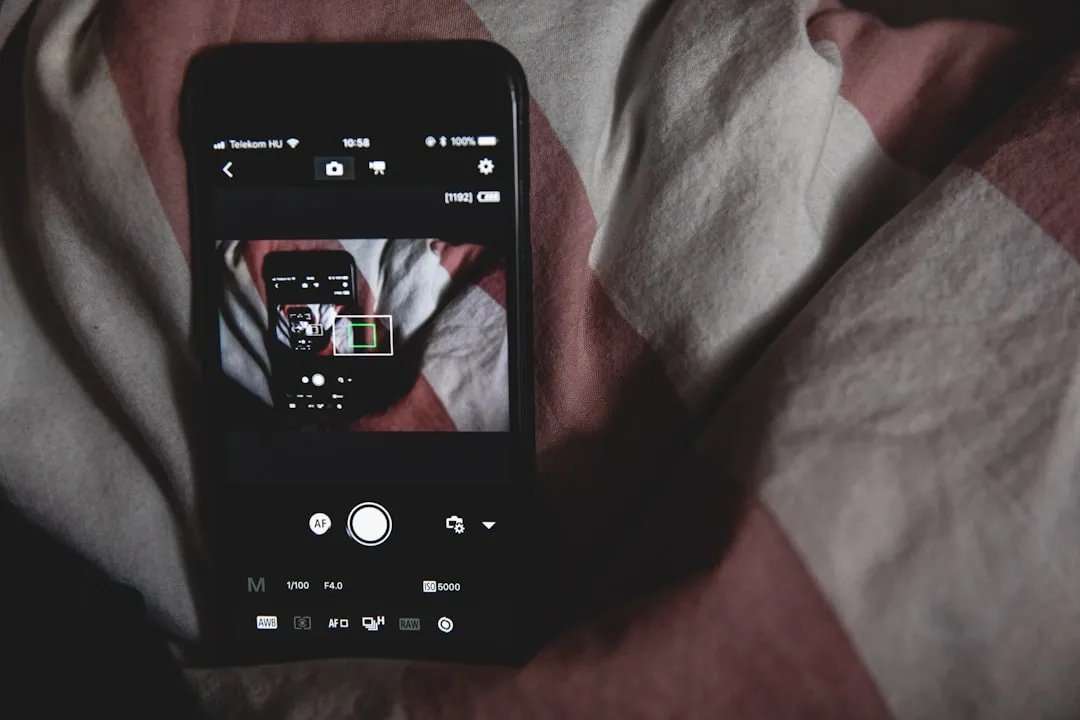
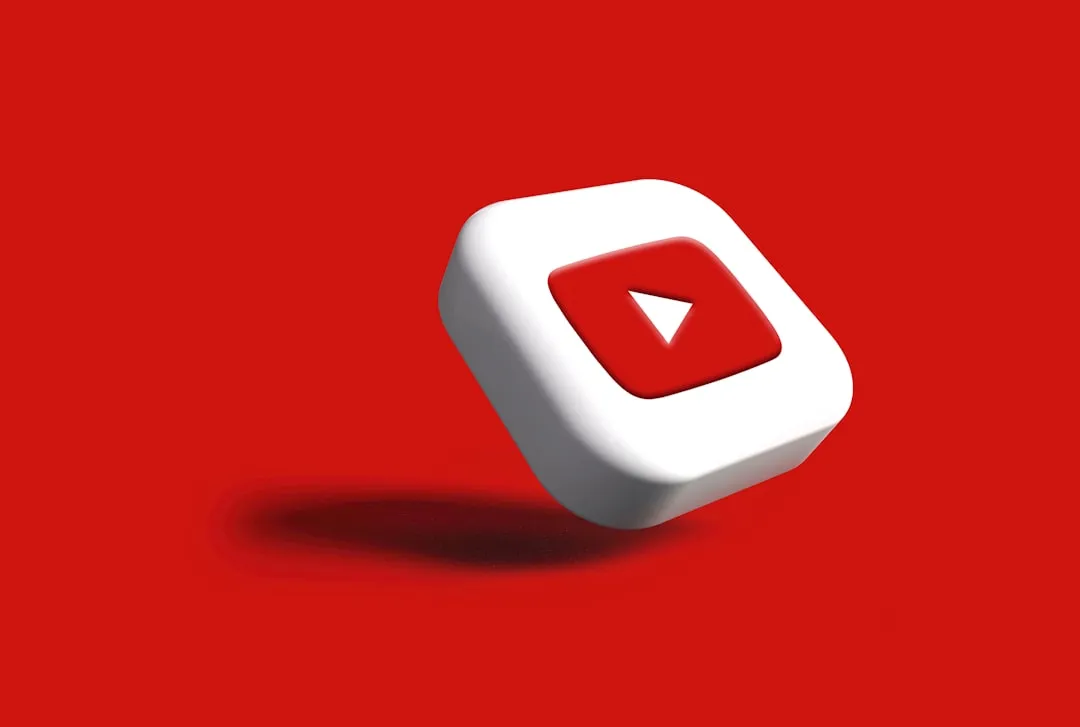
Comments
Be the first, drop a comment!